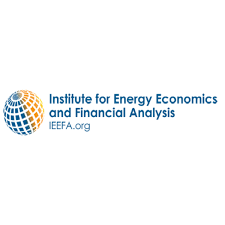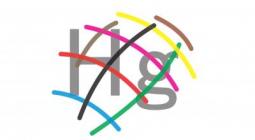France continues its development in LNG in a context of continued Russian deliveries and falling gas demand

France risks unnecessarily investing in new liquefied natural gas (LNG) infrastructure as utilization rates of existing terminals decline and gas consumption declines, according to a new study from the IEEFA (Institute for Energy Economics and Financial Analysis).
The average utilization rate of operational French LNG import terminals stood at 60% between January and August 2023, a figure down from last year's rate of 74%, raising questions about the need for the new floating storage and regasification unit (FSRU) recently arrived at the port of Le Havre.
With a regasification capacity of 5 billion cubic meters, the Le Havre floating storage and regasification unit is expected to be operational within the next five years.
Despite a 9% drop in gas use in 2022 due to rising prices and falling consumption, France also plans to increase the capacity of its operational LNG terminals and international pipelines.
“Gas and LNG infrastructure is currently under threat from falling demand and high and volatile prices,” says Ana Maria Jaller-Makarewicz, report author and energy analyst for IEEFA. “If demand continues to fall, France and its European neighbors risk investing in gas infrastructure that will not guarantee the security of energy supply and could be underutilized. »
“Although France has advocated for investments in projects that strengthen Europe's security of supply while reducing dependence on Russian gas, paradoxically, Russian gas is finding another way to reach French ports, in the form of LNG. »
While the stated objective of the Le Havre terminal is to partially compensate for the reduction or cessation of gas supplies from Russia, France continues its imports of Russian LNG and transshipments intended for other markets.
Engie signed a 23-year agreement in 2015 to import 1 million tonnes of LNG each year from the Russian plant of the Yamal LNG project, for transshipment at the Montoir-de-Bretagne terminal, on the French west coast. . This contract has since been transferred to TotalEnergies in 2018.*
In 2022, the United States was the main exporter of LNG to France, followed by Russia, Algeria, Qatar and Nigeria, according to Kpler.
Discover the report: https://ieefa.org/resources/le-paradoxe-du-gnl-en-france
* This paragraph has been updated to reflect that the Engie contract has been transferred to TotalEnergies.





